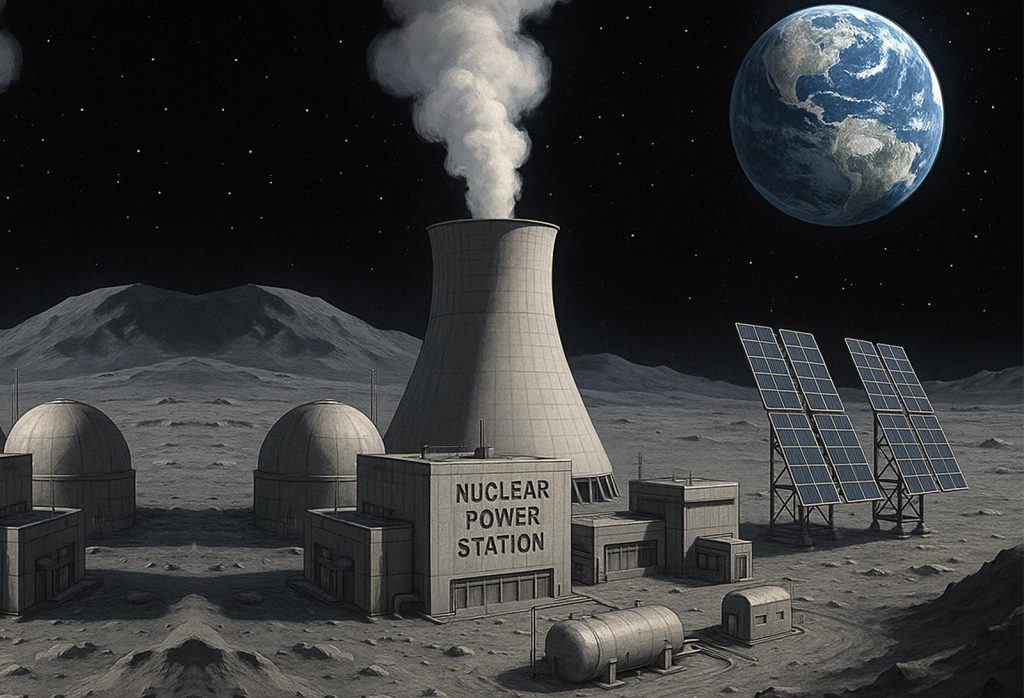In a bold leap toward space colonization, China and Russia have signed a groundbreaking agreement to construct a nuclear power station on the Moon. The plant will provide essential energy for the International Lunar Research Station (ILRS), a collaborative space project between the two nations. According to reports from Space.com, the facility is expected to be operational by 2036 and will support both research and potential long-term human settlement on the Moon’s south pole.
The reactor, to be developed by Russia, is planned to be constructed autonomously, without the need for a human presence during installation. Yury Borisov, head of the Russian space agency Roscosmos, stated in a 2024 interview with TASS that the required technology is “almost ready.” This advancement aims to showcase the capabilities of unmanned technology in harsh extraterrestrial environments, setting the stage for future autonomous infrastructure development beyond Earth.
Following the announcement, Roscosmos confirmed that the ILRS will focus on conducting fundamental space research and testing advanced technologies necessary for extended missions. The move underscores a shift in global space ambitions, particularly as NASA announced a 2026 budget proposal that would scale back its own plans for a lunar orbital outpost. The China-Russia alliance has gained momentum, with 17 other countries — including Egypt, Pakistan, South Africa, and Venezuela — already joining the ILRS initiative.
China’s Chang’e-8 mission, scheduled for 2028, will lay the foundation for the lunar station. Between 2030 and 2035, five super heavy-lift rocket launches are expected to deliver components for a robotic moon base. As geopolitical alliances expand into space, this nuclear-powered lunar facility could be a defining feature in the next era of human space exploration and planetary habitation.














